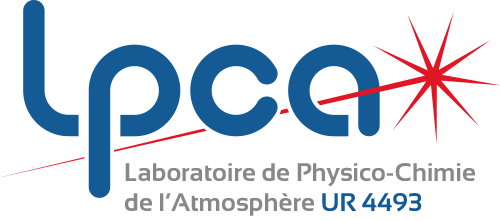PHOTONIC AND ELECTRONIC SPECTROMETERS
The Laboratory has extensive experience in the construction and operation of THz spectrometers for gas phase applications. At present, 4 instruments based on different techniques are operational in the following frequency ranges:
| 1. Photomixing | 300 GHz to 3 THz, resolution 100 kHz |
| 2. Frequency Multiplication | 100 GHz to 900 GHz, resolution 10 kHz |
| 3. TDS Spectroscopy | 300 GHz to 5 THz, resolution 2 GHz |
| 4. Fourier Transform Spectroscopy | THz/FIR, resolution 6 GHz |
These instruments are used in support of a “high resolution” spectroscopy program. They demonstrate the usefulness of frequencies in the teraHertz range in environmental monitoring and have made it possible to undertake studies of reaction dynamics.
Photomixing for continuous TeraHertz wave generation
Photomixing is the generation of continuous wave Terahertz radiation from two lasers. The beams of the two lasers are mixed together to create a beatnote in the THz frequency range. This can be easily explained if each laser is considered to be an oscillator, when the sinusoids from the two oscillators are mixed together (multiplied) terms at the sum and difference frequencies are formed, the lasers and are selected so that their difference corresponds to the THz frequency required (wTHz = w1 – w2). The second critical element is a device which allows the THz beatnote in the optical domain to be converted into radiation which can then be utilised for your application, in our case spectroscopy. These devices are fabricated from ultra-fast electronic materials so that they can respond at THz frequencies, they are essentially ultra rapid photo-detectors but are also known as photoconductive elements or photomixers. The most commonly used material is low temperature grown GaAs, it can be grown with a charge carrier lifetime as short as 200 fs, and has a bandgap around 800nm. The laser beatnote is focused in the semiconductor material and the absorption results in the modulation of the conductivity at the THz frequency. A voltage is used to convert the conductivity modulation into a current which is then coupled to a pair of antenna and radiated.

figure 1 : Photomixer spectrometer concept
A high resolution THz spectrometer is then be formed from a photomixing source by adding a suitable propagation path which passes through a sample under study before being detected by a bolometer. The THz frequency is swept by scanning the frequency of the first laser while keeping the second at a constant frequency.
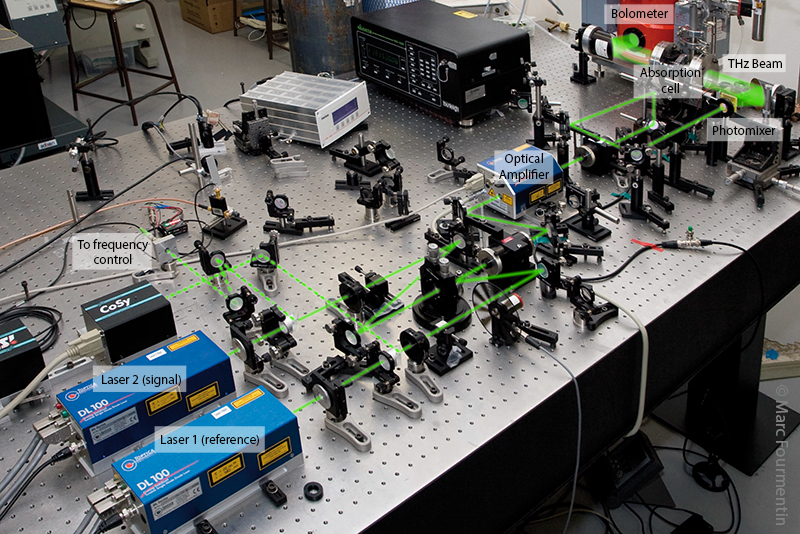
Figure 2 : Experimental set-up of the photomixer spectrometer
In order to determine the molecular transition line centres with a suitable accuracy the latest version of this instrument uses a Frequency Comb to maintain the required difference (wTHz = w1 – w2). To extend the tunning range a third continuous wave laser is added, as shown in the frequency diagram below.
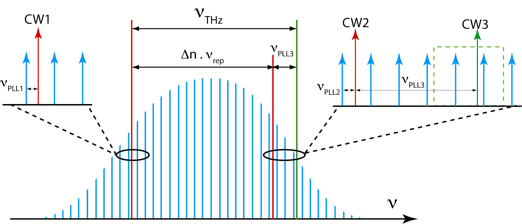
Figure 3 : 3 cw-laser photomixing source with metrology by frequency comb
The construction and validation of this spectrometer is described in detail in:
Gaël Mouret, Francis Hindle, Arnaud Cuisset, Chun Yang, Robin Bocquet, Michel Lours, Daniele Rovera
“THz photomixing synthesizer based on a fiber frequency comb”
Optics Express, 17(24), 22031-22040, (2009), doi:10.1364/OE.17.022031
F Hindle, G Mouret, S Eliet, M Guinet, A Cuisset, R Bocquet, T Yasui, D Rovera
“Widely tunable THz synthesizer”
Applied Physics B, 104 (4), 763-768 (2011), doi:2010.1007/s00340-011-4690-1
Multiplication de fréquence
The technique of frequency multiplication is able to cover the range between 100 GHz and 900 GHz. A powerful microwave synthesiser operating around 10 GHz is used as the primary source. The frequency of its emission is multiplied by using a chain of non-linear elements. The selection of the elements defines the final frequency obtained and its corresponding power level. The source emission is continuous wave and monochromatic so is ideally suited for high-resolution spectroscopy of gas phase samples. A spectrometer is formed by combining the source with a sample cell and suitable detector.
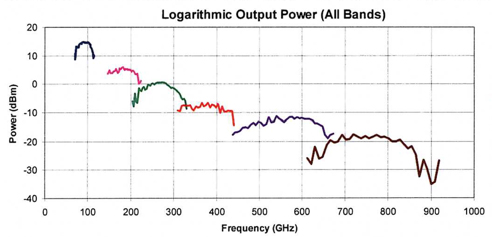
Figure 4 : Available power as a function of frequency
The frequency multiplication system used at the LPCA uses a Rhodes and Schwarz synthesiser that is coupled to a Virginia Diodes multiplication chain. Multiplication factors of 9, 18, 27, 36, 54, 81 can be obtained. The frequency of this kind of source can be very easily modulated and allows the second derivative of the absorption profile of weak molecular transitions to be recorded.
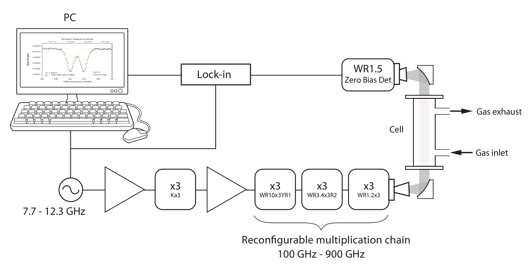
Figure 5 : Frequency multiplication spectrometer
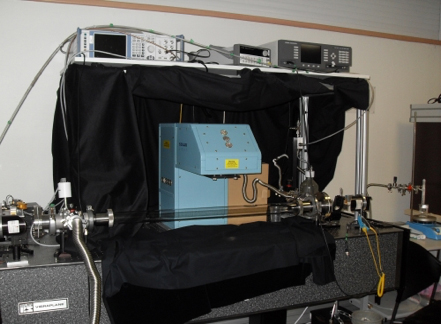
Figure 6 : Frequency multiplication spectrometer for the study of formaldehyde photolysis by solar radiation
Contenu
